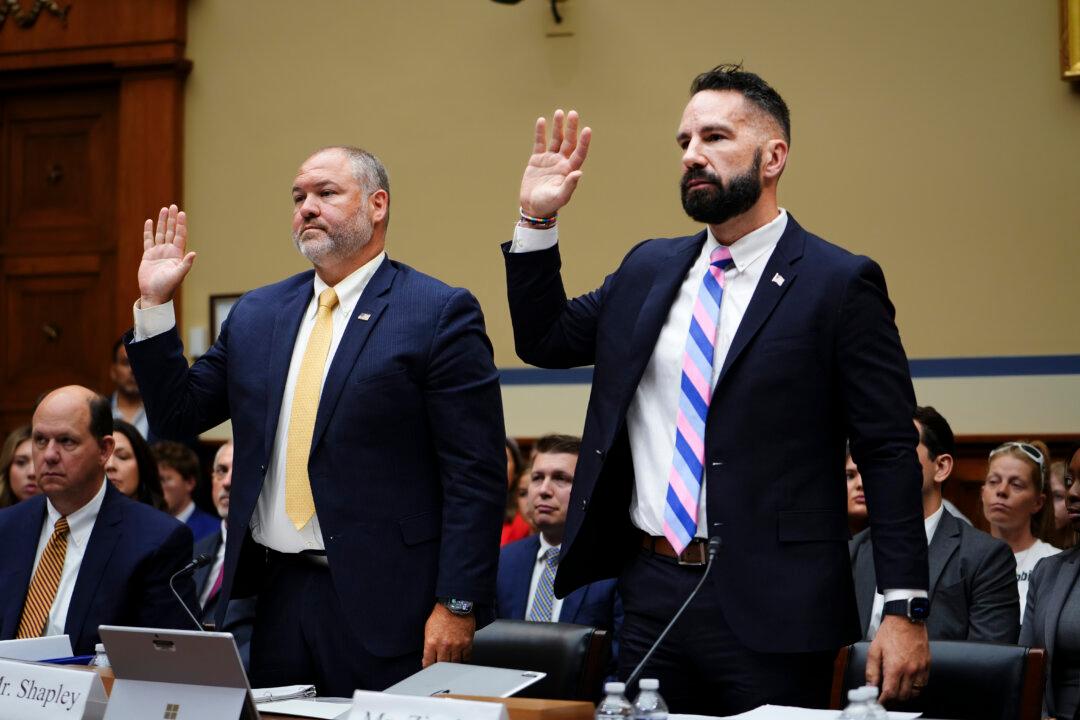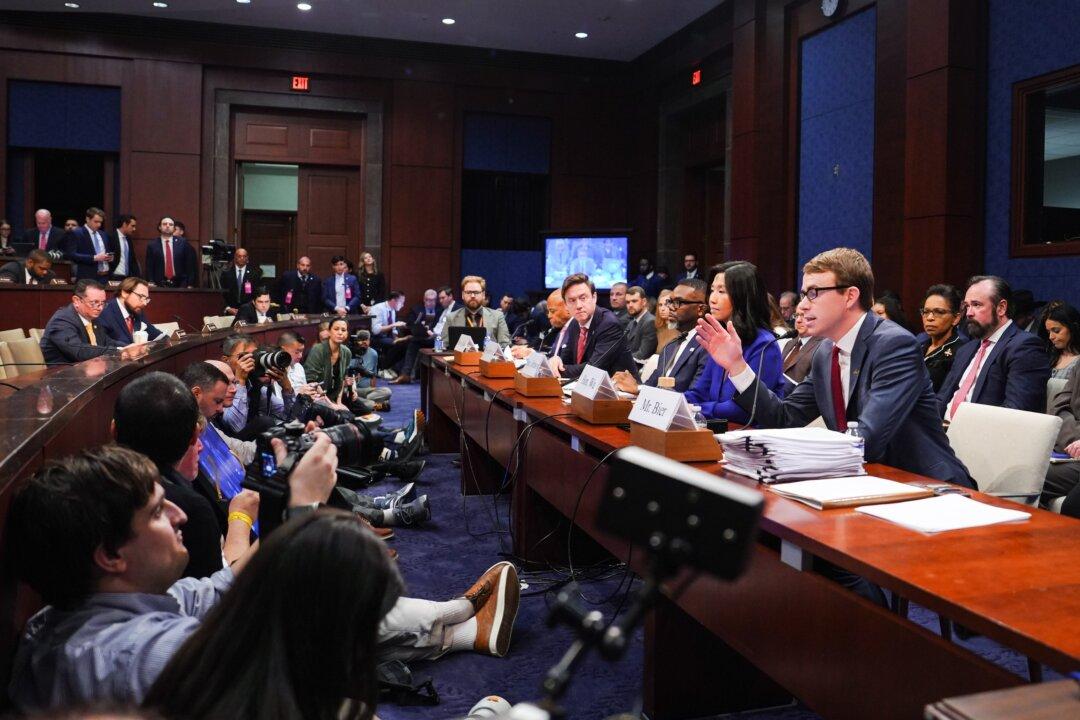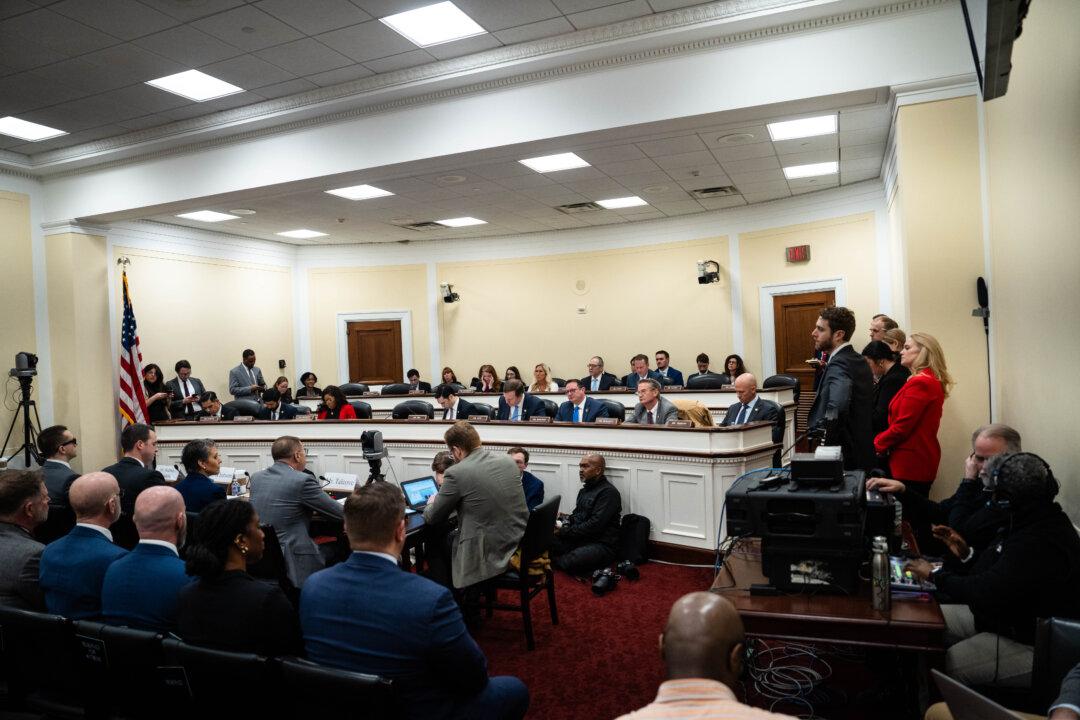Americans are leaving states with higher taxes and deficit spending, as well as more lawyers per capita, and moving to those with lower levies, more balanced budgets, and fewer attorneys, according to a new analysis of Internal Revenue Service (IRS) data.
“The bottom line in 2018 is that states attracting greater in-migration tend to be freer, lower-tax jurisdictions, with governments that do a better job of responsibly managing their finances,” Truth-in-Accounting (TIA) Research Director Bill Bergman told The Epoch Times on Feb. 10.





